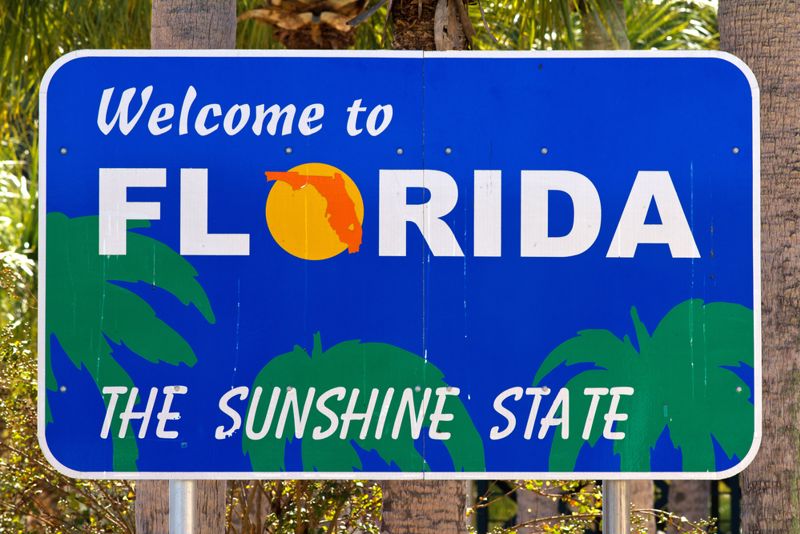Yet despite the damage Ian caused to Florida, its economy and to area businesses, major supply chains appear to have emerged relatively unscathed, particularly when compared to other recent natural disasters and weather anomalies.
Between large swaths of Interstate 75 being shut down for days due to flooding and numerous orange and grapefruit groves destroyed by heavy rainfall, early indicators certainly suggested that supply chains were bound to feel the effects, evidenced by longer lead times, higher prices and reduced supply. But well-choreographed and implemented recovery work has helped the state bounce back sooner than expected. Indeed, on Oct. 1, the Florida Department of Transportation reopened the 14 miles of I-75 that were closed off and the fertilizer industry — which orange growers depend on for production purposes — didn't suffer the blow that some farmers anticipated.

Fertilizer producers down, but not out
Mosaic, the world's leading producer of concentrated phosphate and potash, said in a statement that Ian caused "modest damage" to its Tampa-area facilities, which was enough to likely diminish production output by between 200,000 and 250,000 metric tons as 2022 concludes. While that may be a loss for Mosaic, other leading fertilizer companies weren't impacted, Supply Chain Dive reported, so a ramp up in their production may be able to make up the difference.
Jason Miller, associate professor of supply chain management at Michigan State University, told Supply Chain Dive that it definitely could have been worse for the state's supply chains, recalling how the freak ice storm in Texas in 2021 led to substantial disruption for refiners and petrochemical manufacturers.
"Given the geographies involved with Hurricane Ian, we're not looking at anything nearly of similar magnitude here," Miller explained. As the Federal Reserve Bank of Dallas reported at the time, an estimated 80% of basic organic chemicals capacity was offline in the immediate aftermath of the ice storm, which struck in early to mid February of 2021. A month later, 60% were still unable to restart their operations.
Comparatively, business conditions have improved rather quickly for Florida, more than a month removed from when Ian first came ashore. The state government has likely played a role by being intimately involved with recovery efforts. Governor Ron DeSantis, in tandem with the Department of Economic Opportunity and 10 other state agencies, created FloridaStormRelief.com. While the website is primarily for homeowners, it also has resources for area businesses, including zero-interest bridge loans, business recovery centers and economic injury disaster loan programs.



Post A Comment:
0 comments so far,add yours